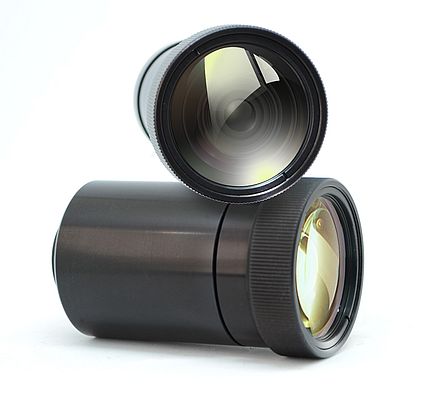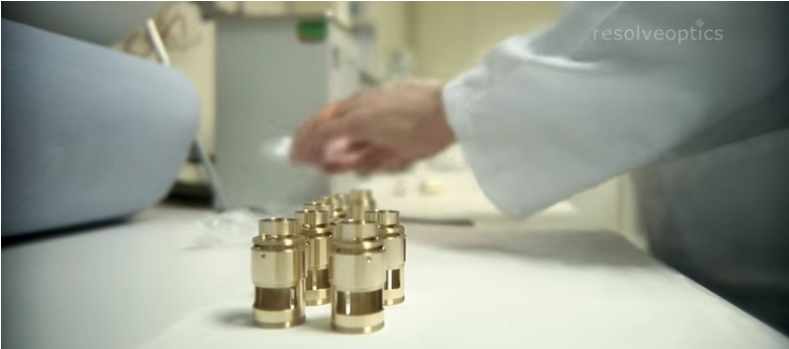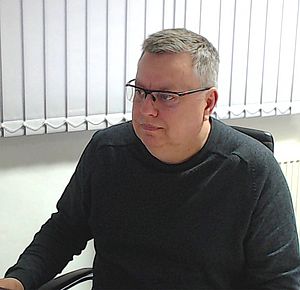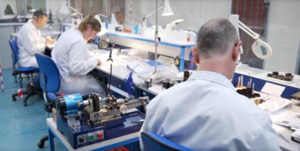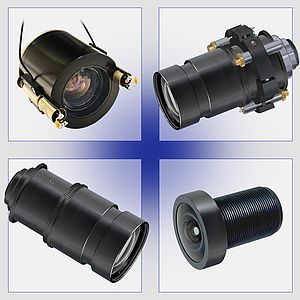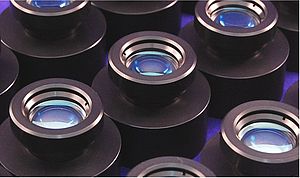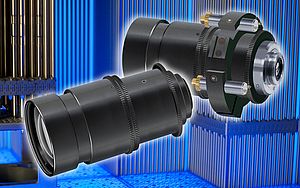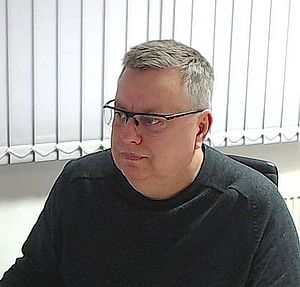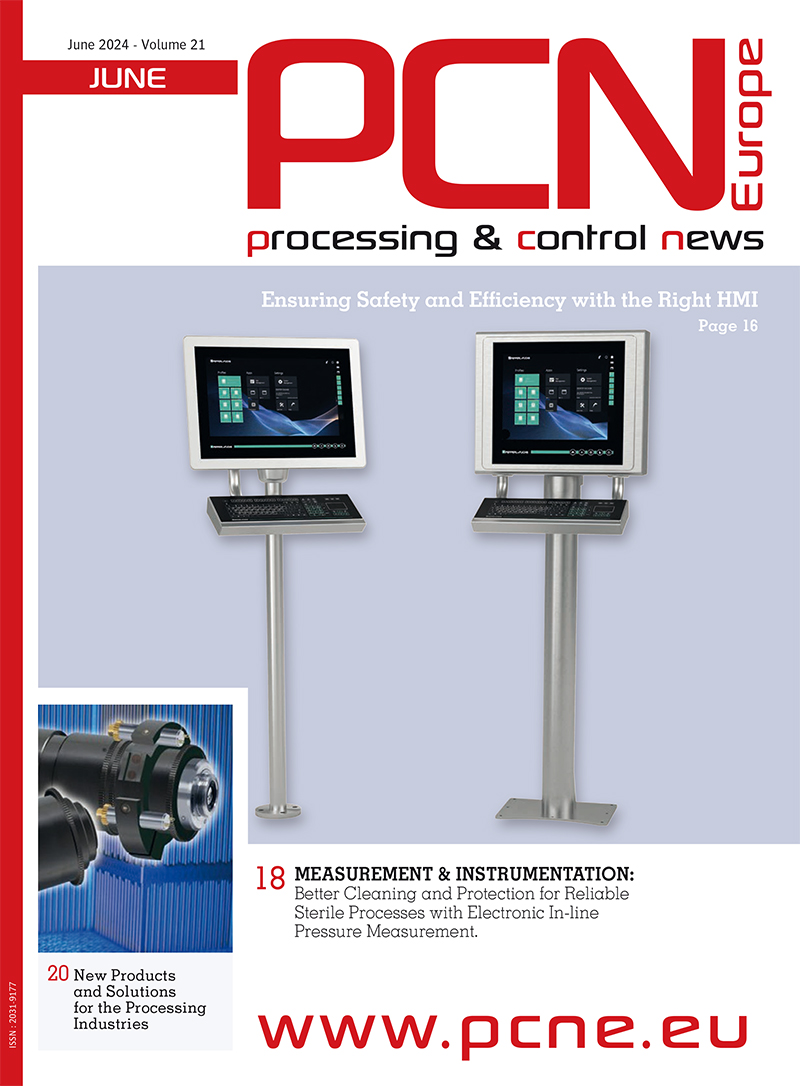PCN Europe: Can you describe your optical design and manufacture capabilities to our readers in short?
Pontin: Resolve Optics has over 30 years’ experience in the design and manufacture of application-optimised, custom optical systems covering the complete spectrum from the UV to Infrared wavelengths and beyond. We use Zemax Optic Studio for our optical design and Solidworks professional for our mechanical designs. We are internationally renowned for our ability to design compact, high performance zoom lenses and our expertise in producing the highest quality, radiation resistant optical systems in particular.
PCN Europe: Why is the SWIR wavelength so useful for inspection tasks and in which industries it is often used?
Pontin: In contrast to Mid-Wave Infrared (MWIR) and Long-Wave Infrared (LWIR) light, which is emitted from an object, Short-Wave Infrared (SWIR) is similar to visible light in that photons are reflected or absorbed by an object. Consequently, SWIR provides the strong contrast needed for high resolution imaging. For applications from 1 to 2.5 microns, best results are achieved by using a lens that is designed, optimized, and coated for this SWIR wavelength range. Using a lens designed for the visible spectrum will result in lower resolution images and more significant optical aberrations. Many applications that are difficult or impossible to perform using visible light are possible at SWIR wavelengths. For instance, colours that appear almost identical in the visible may be routinely differentiated using SWIR making it a great QC/QA (Quality Control/Quality Assurance) tool.
PCN Europe: Why is the need for custom lenses growing and what are the most common optical challenges you must overcome, especially for SWIR lenses?
Pontin: Typically, off-the-shelf lenses are manufactured for the mass market where unit cost is the dominant driving force. However, when it comes to an application that optically requires something a little more demanding such as high performance, highresolution, compactness or a large format image, using an off-the-shelf lens will force you to accept a compromise in one or more Mark Pontin, Resolve Optics’ managing director aspects of optical performance. The result of this compromise can be a reduction in optical performance, a bulkier less attractive product, shorter product life and loss of competitive advantage - all of which ultimately lead to lower profitability. As a result, demand for custom lens designs for that meet the exact needs of the customer application are rising dramatically. InGaAs sensors (Indium gallium arsenide) are a favoured detector for the SWIR region. Like all sensors, there is a move for higher and higher resolution InGaAs detectors. This trend is the major driving force to provide lenses that meet the demands of these new generation sensors. Many off-the-shelf SWIR lenses are in fact standard visible designs with AR coating designed for the SWIR band. These lenses do not account for the way the glass transmits in the SWIR region and as such the final image quality can often be compromised. This problem is particularly apparent with the higher resolution SWIR sensors.
PCN Europe: Are there any trends you expect to grow over the next years for inspection tasks in (processing) industries? Are there special challenges, that lenses can help to solve?
Pontin: In many process industries it is the desire to measure or identify something more accurately, at a lower level or even just faster that is driving why more operators want a custom lens design that meets or exceeds their application need without compromise. Our optimised custom designs enable process customers to get the maximum performance from their instrument or sensor without the lens being a bottleneck. We also endeavour to design the lenses to be as future proof as the budget will allow.
PCN Europe: How important is a rugged lens design in a process industry customer’s projects?
Pontin: This really dependent on the process application. If a process creates vibration then the measurement lens may need to have its elements bonded in position to avoid failure after prolonged exposure to these vibrations. In processes subject to higher levels of humidity or moisture an appropriate measurement lens should be IP66 rated. Likewise processes that take place at higher temperatures and pressures place critical demands on the robustness of a lens design.
PCN Europe: What is the typical information you need from a potential customer to classify their problems and offer an appropriate optical solution?
Pontin: Before we undertake a custom design, our experienced team of optical designers look to quickly gain an understanding of the basic physics of the technology associated with each customer’s product enabling us to propose novel solutions. Our aim is to provide a fast and flexible optical and mechanical design assessment on all projects. A project engineer is assigned to closely liaise with customers at all points of a development to ensure complete satisfaction with the final product. To answer your question, we require as much information as we can get. We will sign NDA’s to enable our customer to feel comfortable with providing what can be extremely sensitive commercial information. This all helps to ensure the customer receives the optimised optical solution they need.
PCN Europe: When you are contacted to find a solution development time is probably a factor in most of the cases. What is a typical time frame for a project from start to final product?
Pontin: Lenses are often the last piece of the product development jigsaw for many instrument, sensor and camera manufacturers. Typically, driven by cost considerations, many product developers first try to find a lens from the off the shelf market. For more demanding applications, by the time developers realise that the lens they need is not available and a custom lens is required, they are running short on time. For a fixed focus lens the typical time period from design to manufacture is 4 to 6 months.
PCN Europe: Thank you, Mr. Pontin, for these interesting insights.



